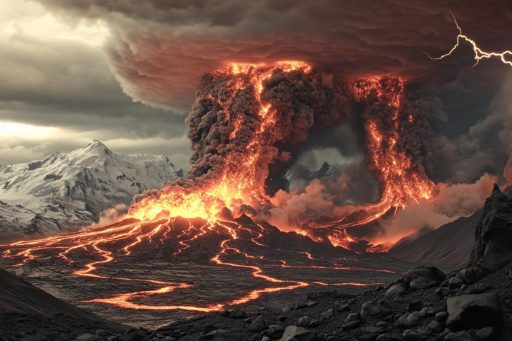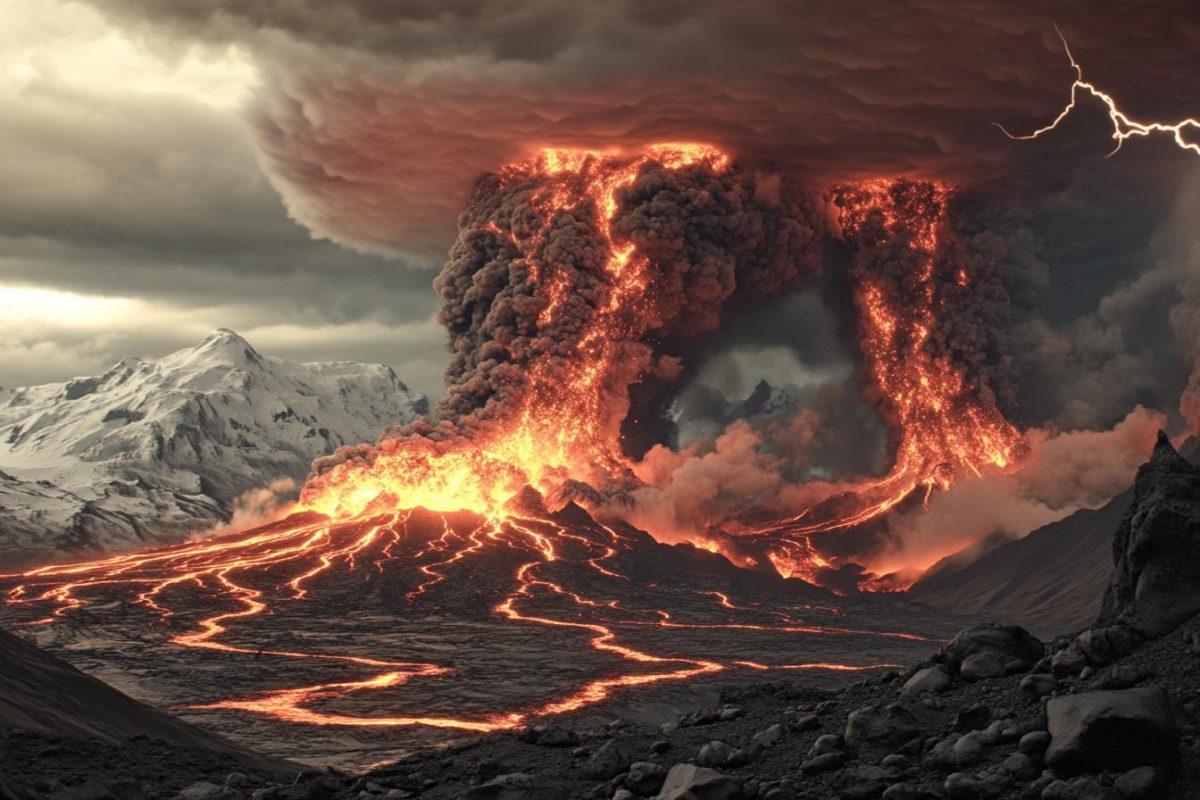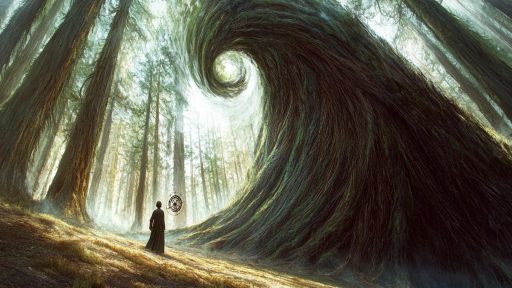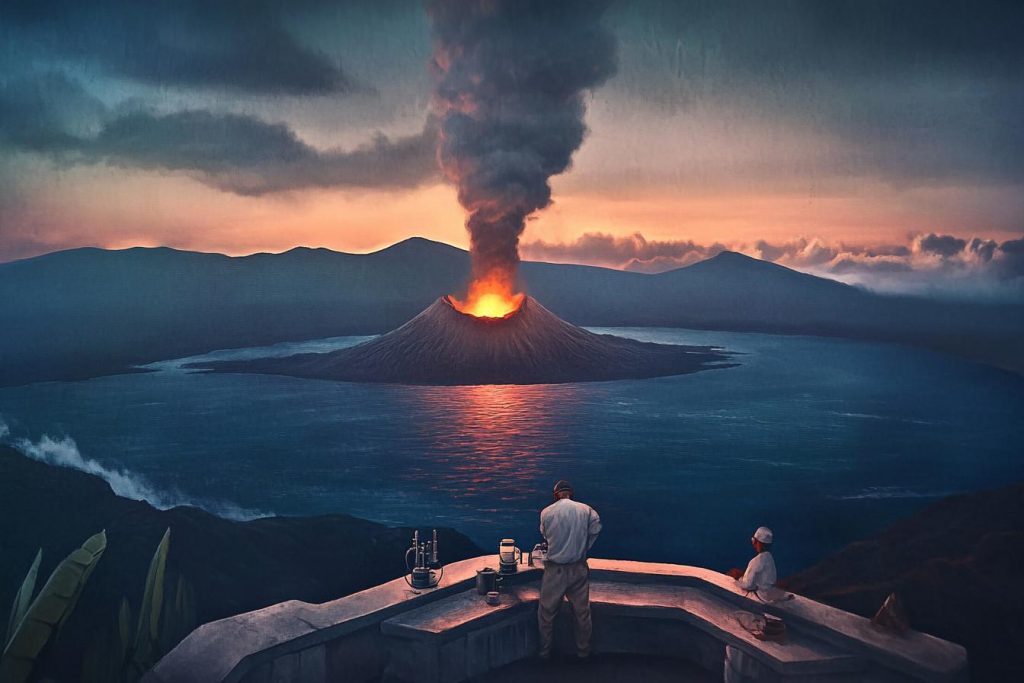
Volcanoes are among the most awe-inspiring and destructive forces on Earth. While some sleep for centuries, others simmer just beneath the surface, building toward explosive awakenings. Around the world, scientists are closely monitoring a collection of restless giants showing signs of activity that could spell disaster—or discovery. These looming titans remind us how little control we truly have over the powerful forces beneath our feet.
Mount Rainier, Washington, USA
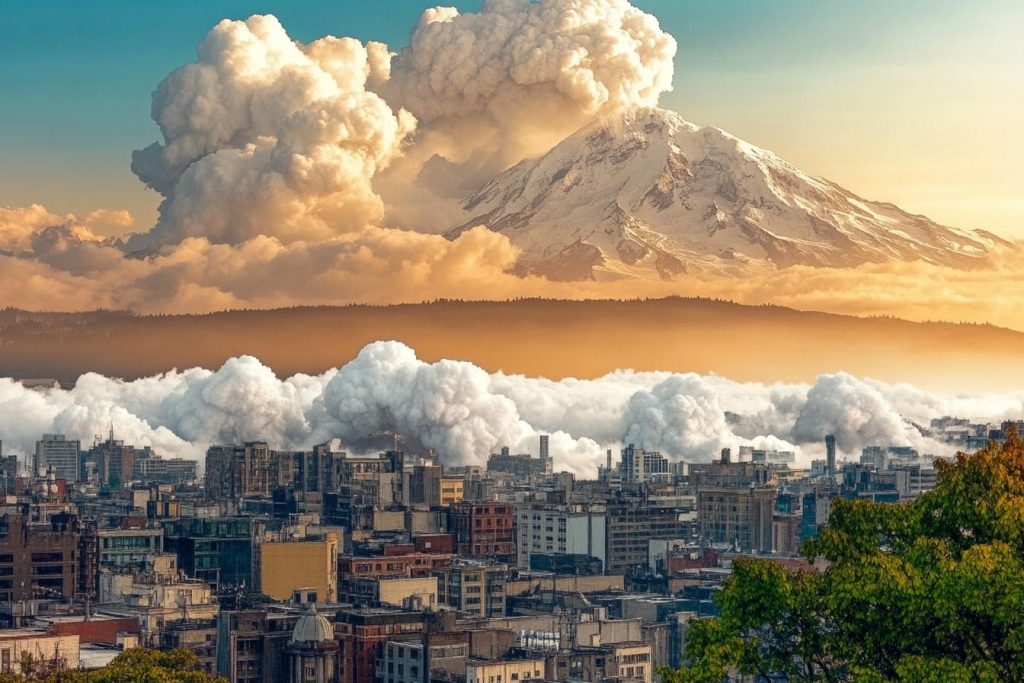
Towering over Seattle, Mount Rainier is an icy volcano with the potential for a catastrophic eruption. Though currently quiet, signs of seismic activity and melting glaciers have scientists concerned. A future eruption could trigger deadly lahars—volcanic mudflows—capable of wiping out communities downstream. Its sheer size and proximity to populated areas make it a constant subject of study.
Taal Volcano, Philippines
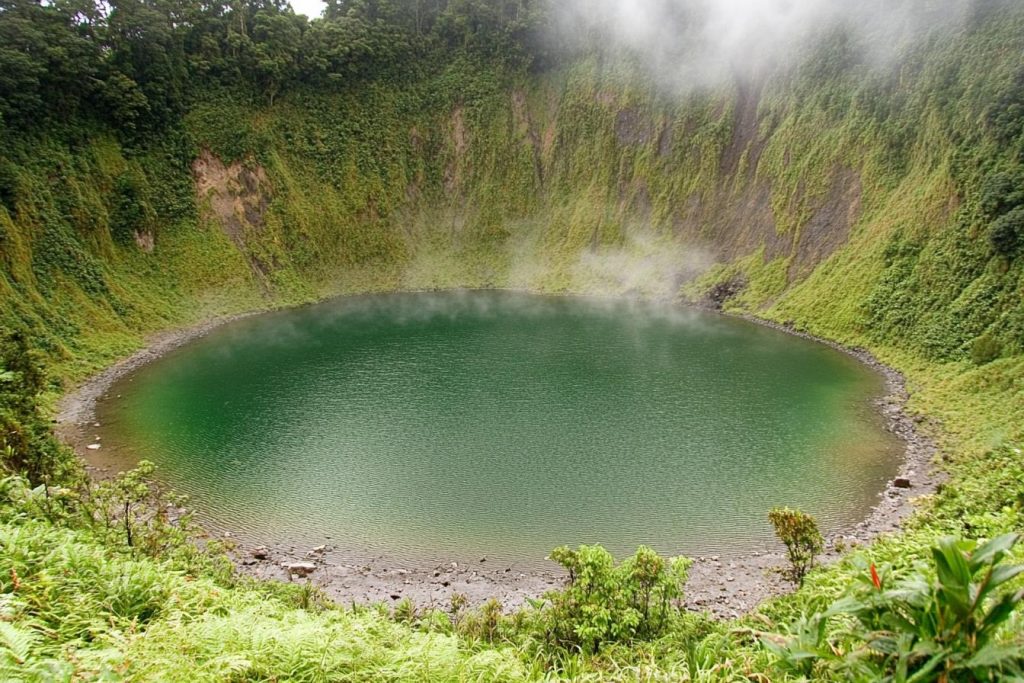
Taal may be small, but it’s one of the most dangerous volcanoes in the world due to its explosive history and densely populated surroundings. After erupting in 2020, it has remained restless, spewing gas and ash periodically. Scientists track its activity closely, fearing a more powerful eruption could be imminent. Its crater lake and unique geology only add to its ominous allure.
Campi Flegrei, Italy
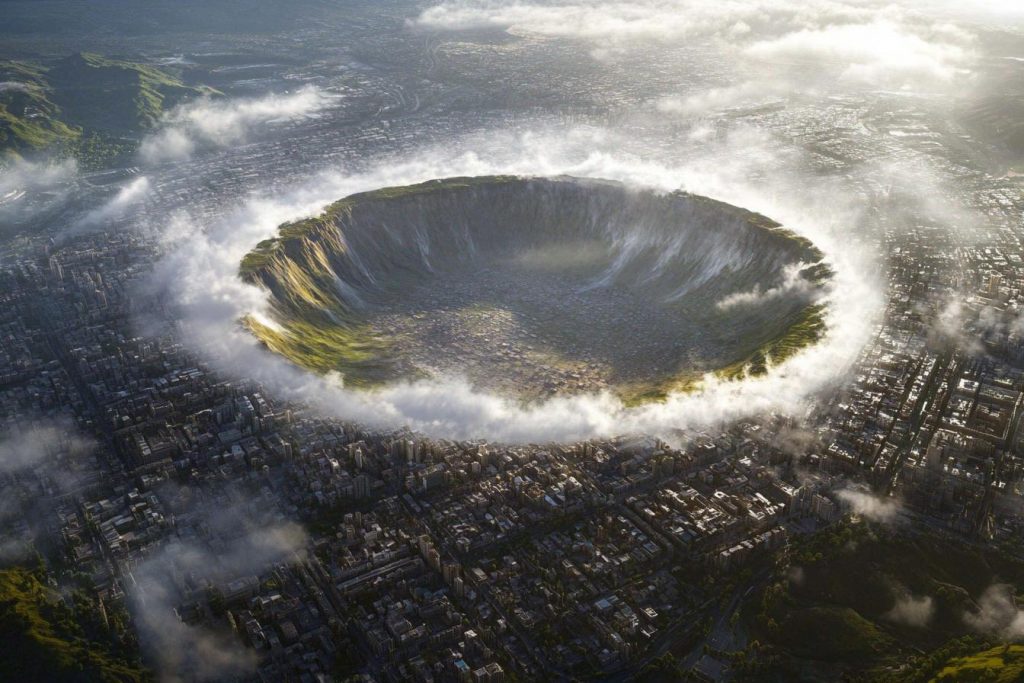
Just outside Naples lies Campi Flegrei, a supervolcano with a simmering past. It’s not a single peak but a vast caldera that last erupted in the 1500s—and it’s showing signs of awakening again. Ground deformation and gas emissions are worrying indicators of possible future activity. A major eruption here could dwarf Vesuvius and have global consequences.
Mount Nyiragongo, Democratic Republic of the Congo
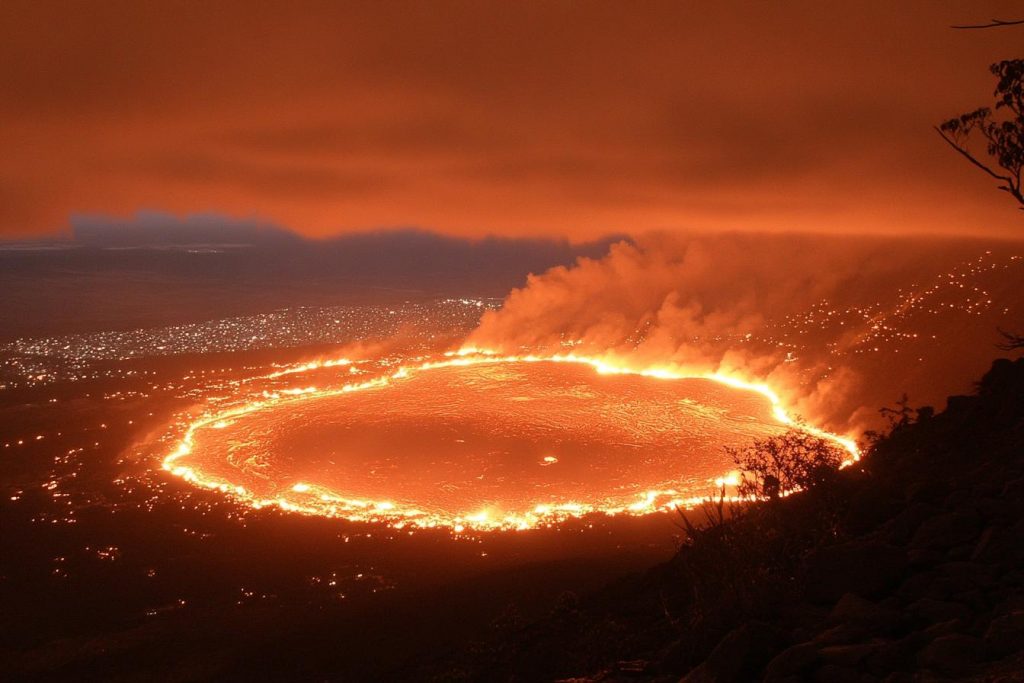
Mount Nyiragongo is one of the few volcanoes with a persistent lava lake, and it’s one of the fastest-flowing lavas on Earth. Its 2021 eruption displaced hundreds of thousands of people and sent rivers of fire through Goma. Continued seismic activity suggests it’s far from done. The volatile region adds another layer of danger to this already deadly peak.
Yellowstone Caldera, USA
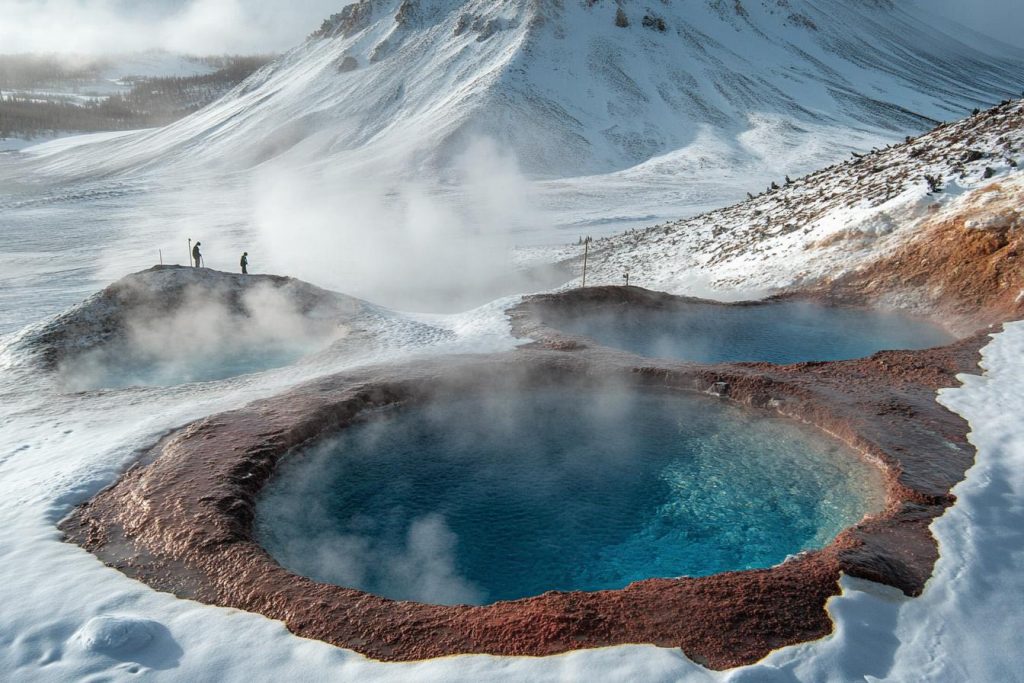
The Yellowstone supervolcano is a geological marvel and a source of widespread speculation. Though a massive eruption is unlikely in our lifetimes, minor tremors and ground bulges keep geologists on edge. An eruption here could reshape continents and alter climates. It’s the sleeping dragon scientists never stop watching.
Mount Etna, Italy
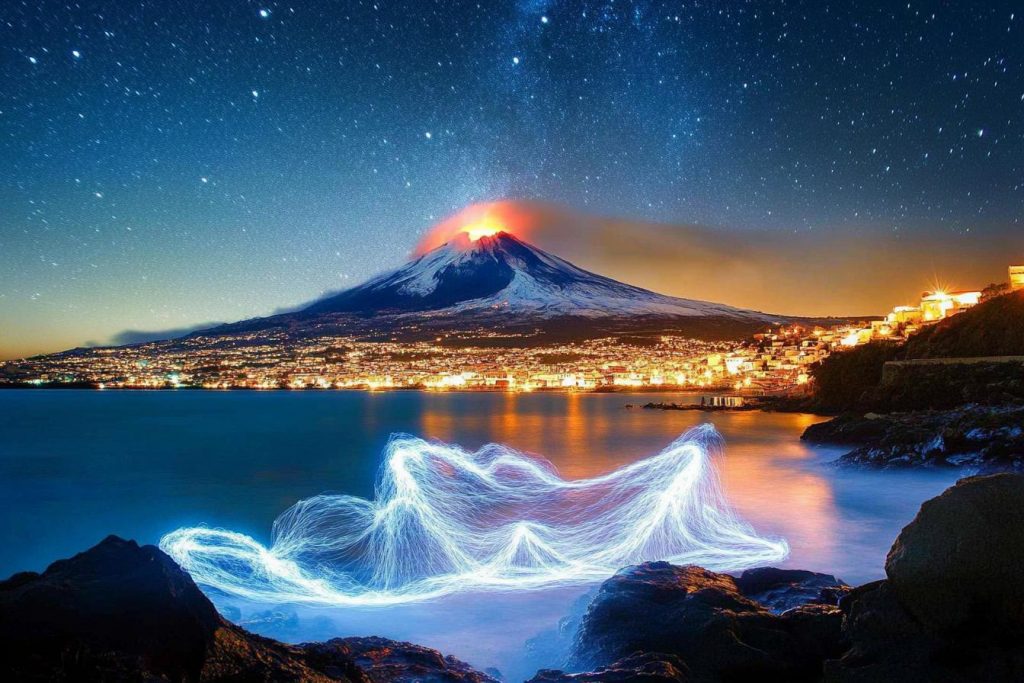
Mount Etna is Europe’s most active volcano, frequently putting on fiery displays for residents of Sicily. Though many eruptions are mild, recent events have been more forceful, disrupting air travel and blanketing towns with ash. Lava fountains and explosive bursts are becoming more common. Etna’s ever-changing behavior makes it a constant threat and a scientific goldmine.
Sakurajima, Japan
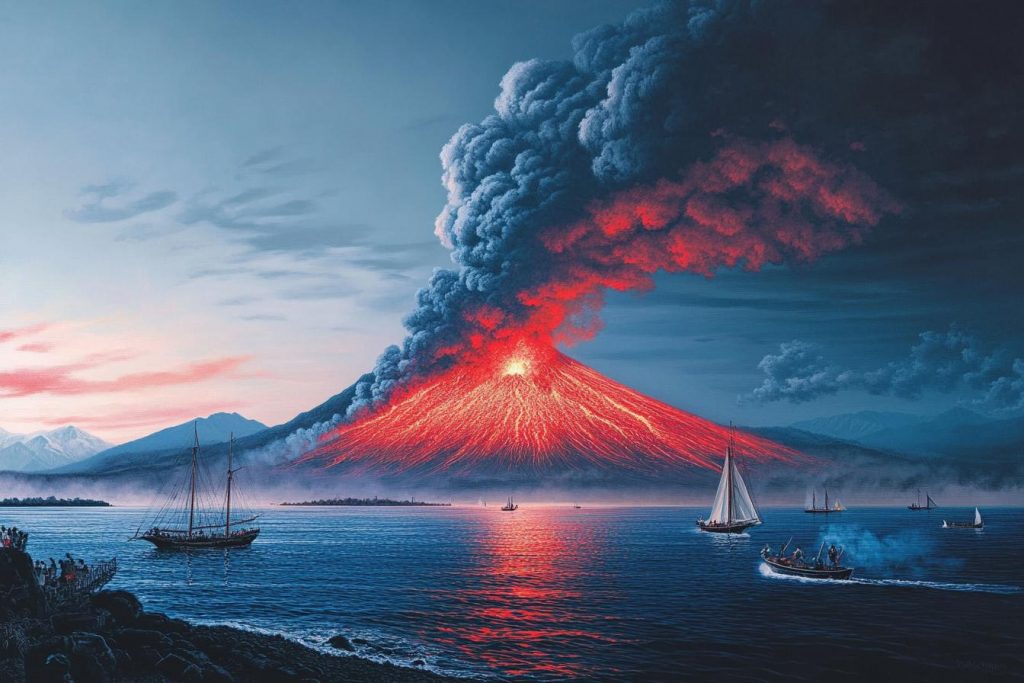
Once an island, now a peninsula, Sakurajima is one of Japan’s most active volcanoes. It erupts almost daily, casting ash over nearby towns and keeping scientists on permanent alert. Recent increases in magma levels suggest a larger eruption could be on the horizon. Its location near the city of Kagoshima heightens the risk dramatically.
Mount Merapi, Indonesia
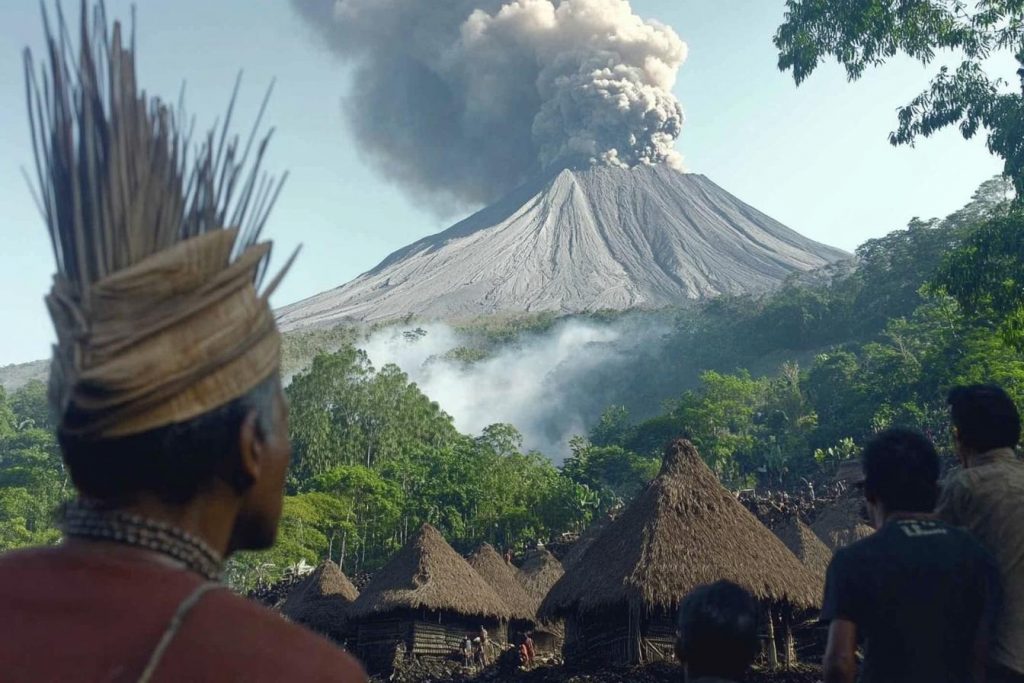
Known as “Fire Mountain,” Mount Merapi is among the world’s most dangerous volcanoes due to its frequent, violent eruptions and proximity to populated areas. Its 2010 eruption killed over 350 people, and it’s remained active ever since. Lava domes grow and collapse unpredictably, posing a constant threat. The government maintains an ever-changing evacuation plan for surrounding villages.
Kilauea, Hawaii, USA
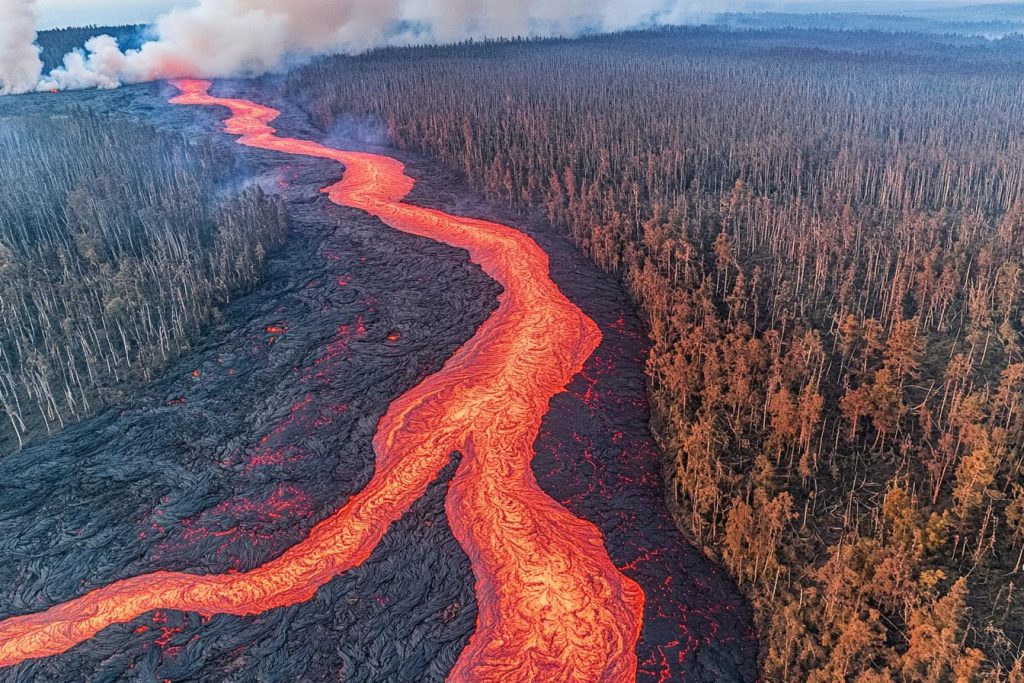
Kilauea is one of the most studied and active volcanoes on Earth. Though it erupted almost continuously for decades, its 2018 eruption reshaped the Big Island’s landscape and destroyed hundreds of homes. Since then, it’s shown intermittent activity, keeping scientists guessing. Its lava flows and crater lake are mesmerizing—and menacing.
Cumbre Vieja, La Palma, Canary Islands
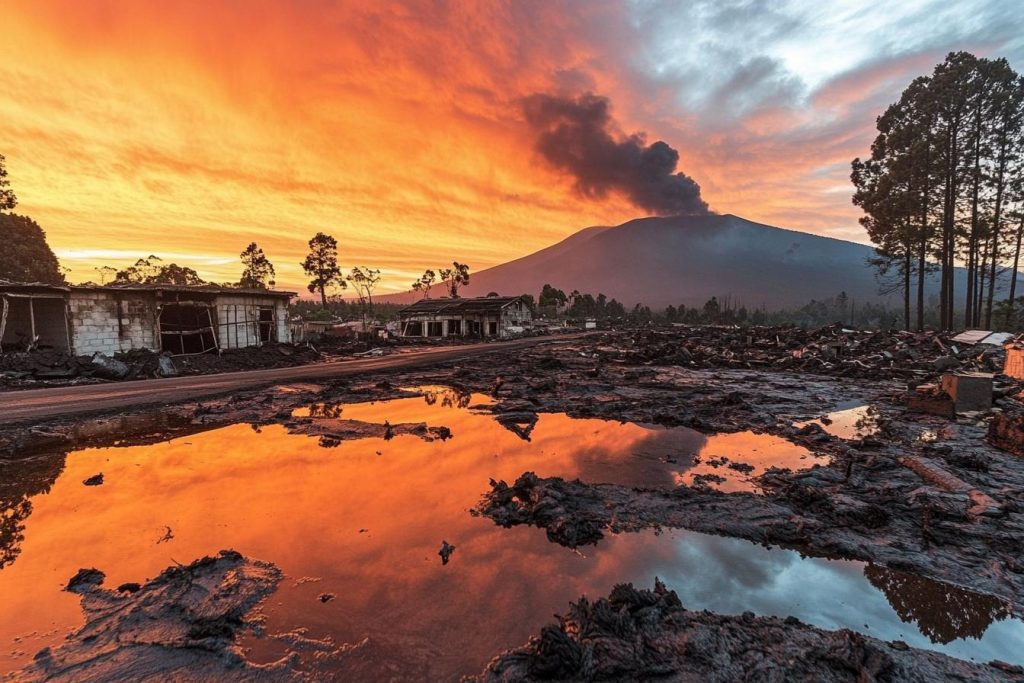
In 2021, Cumbre Vieja erupted after 50 years of dormancy, shocking residents and scientists alike. The eruption buried neighborhoods under lava and ash, reminding everyone how quickly a volcano can awaken. The island is still recovering, but seismic activity hasn’t stopped. Some fear the volcano is just getting started.
Popocatépetl, Mexico
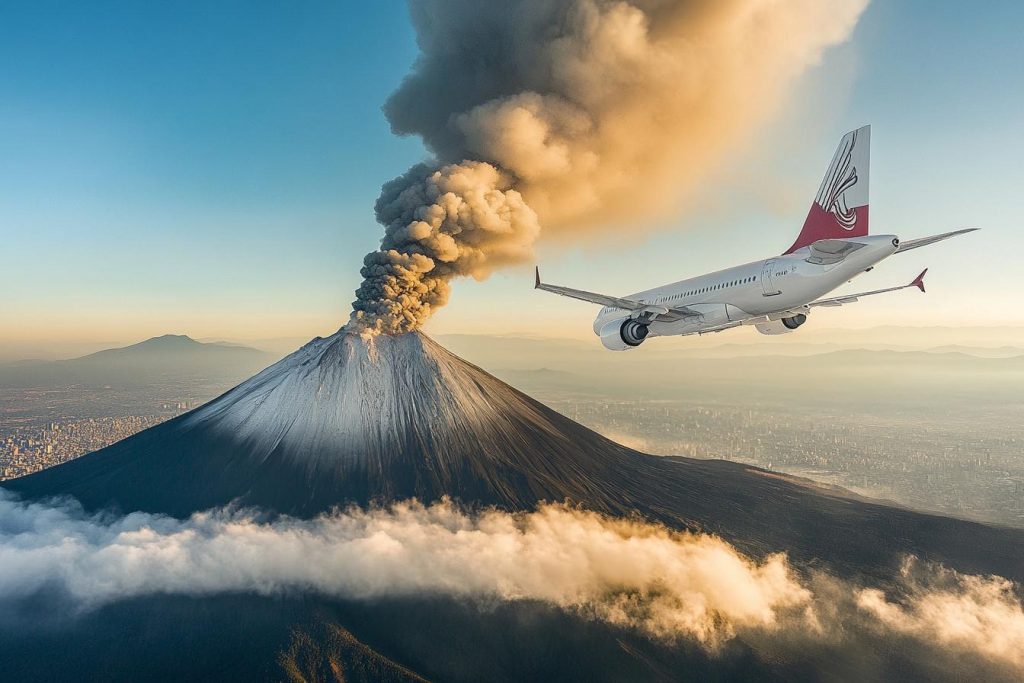
Nicknamed “El Popo,” this towering volcano near Mexico City frequently belches ash and gas. Its recent activity has escalated, with explosions and glowing lava visible from miles away. Over 25 million people live within its reach, raising alarm with every tremor. It’s under constant observation, as even a moderate eruption could have massive consequences.
Mount Shasta, California, USA
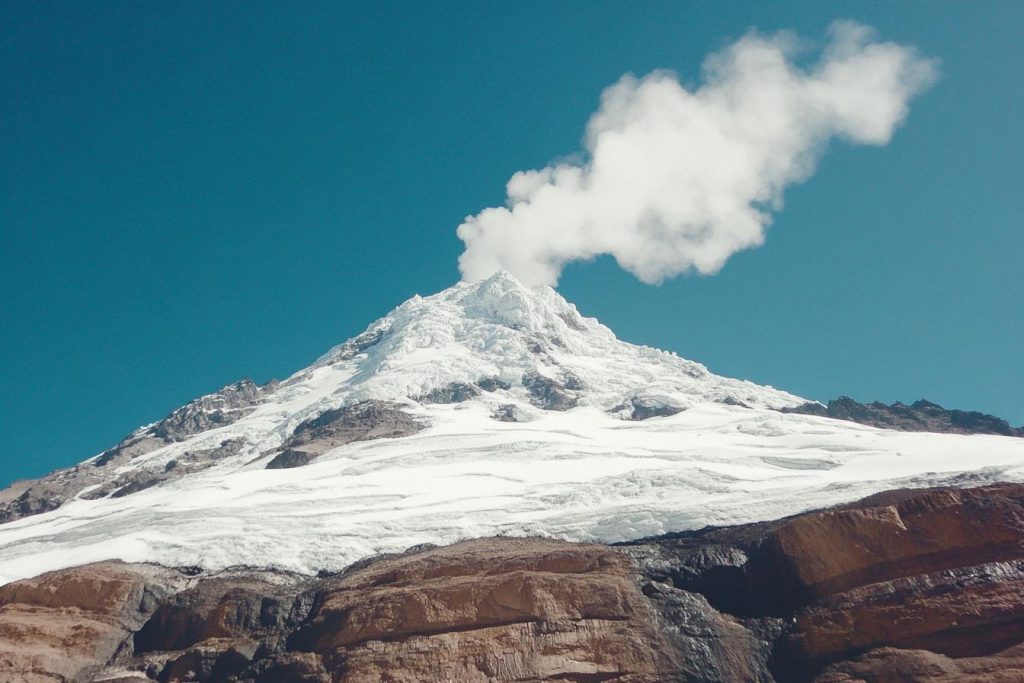
Mount Shasta may seem peaceful, but it’s considered one of the most dangerous volcanoes in the Cascades. Its last major eruption was over 200 years ago, and it’s building pressure once again. Hidden fumaroles and seismic swarms keep scientists on edge. A future eruption could send ash as far as the Midwest.
Mount Agung, Bali, Indonesia
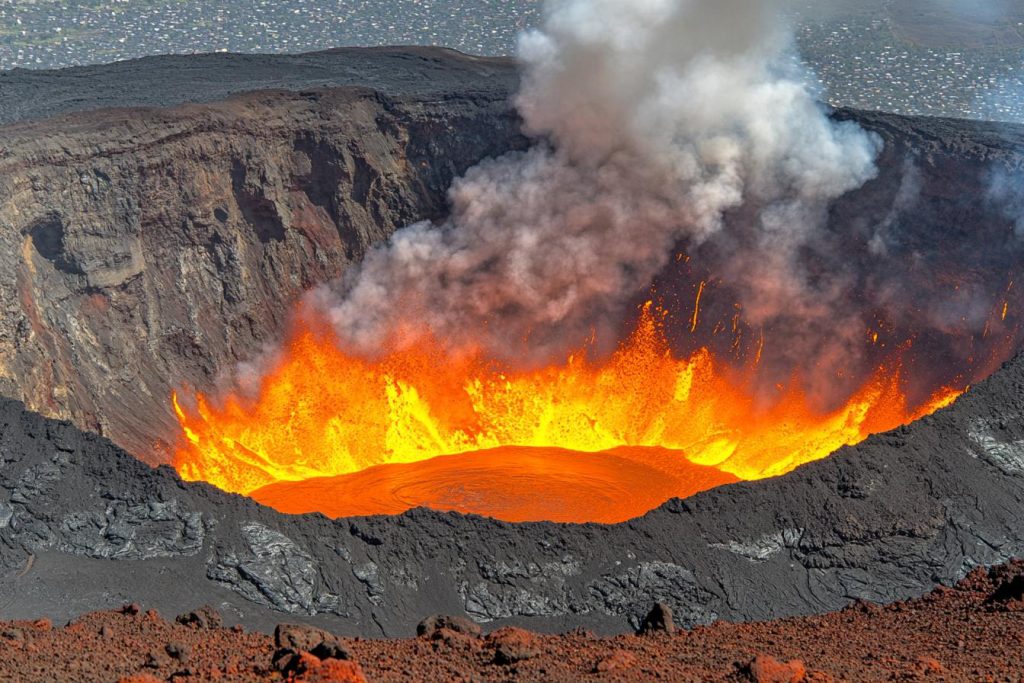
Mount Agung has a long history of explosive eruptions, the most recent in 2017 forcing thousands to evacuate. It still trembles with small earthquakes and periodic ash plumes. Tourists flock to its scenic slopes, unaware of the slumbering force beneath. Experts fear it could erupt again with little warning.
Mount Erebus, Antarctica
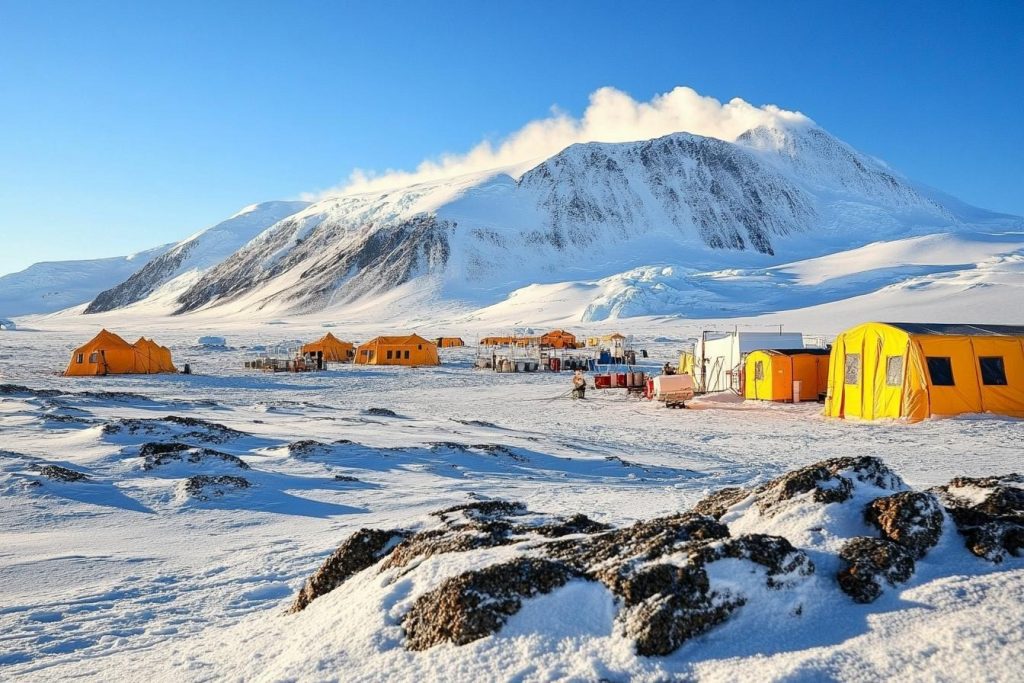
Mount Erebus is Earth’s southernmost active volcano, quietly bubbling in one of the most remote places on the planet. Despite its isolation, scientists monitor it closely using drones and satellites. Its persistent lava lake and unique gas emissions offer a window into deep-Earth processes. A change in behavior here could hint at larger global shifts.
Mount Paektu – The Sleeping Giant of the Korean Peninsula
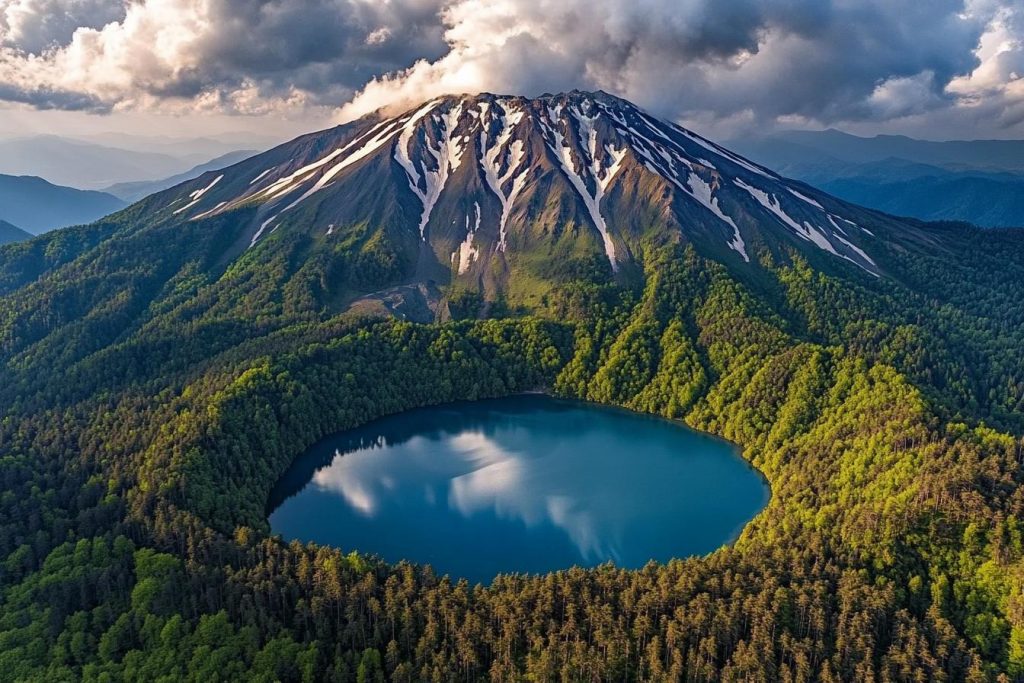
Straddling the border of North Korea and China, Mount Paektu is a supervolcano cloaked in political tension and geological mystery. Its last major eruption in 946 AD, known as the Millennium Eruption, was one of the most powerful in human history—yet the volcano has remained eerily quiet ever since. Recent seismic activity and gas emissions have scientists worried that this ancient force may be reawakening. With limited access and data, monitoring efforts remain shrouded in uncertainty, leaving experts on edge.
Under Pressure, Ready to Blow
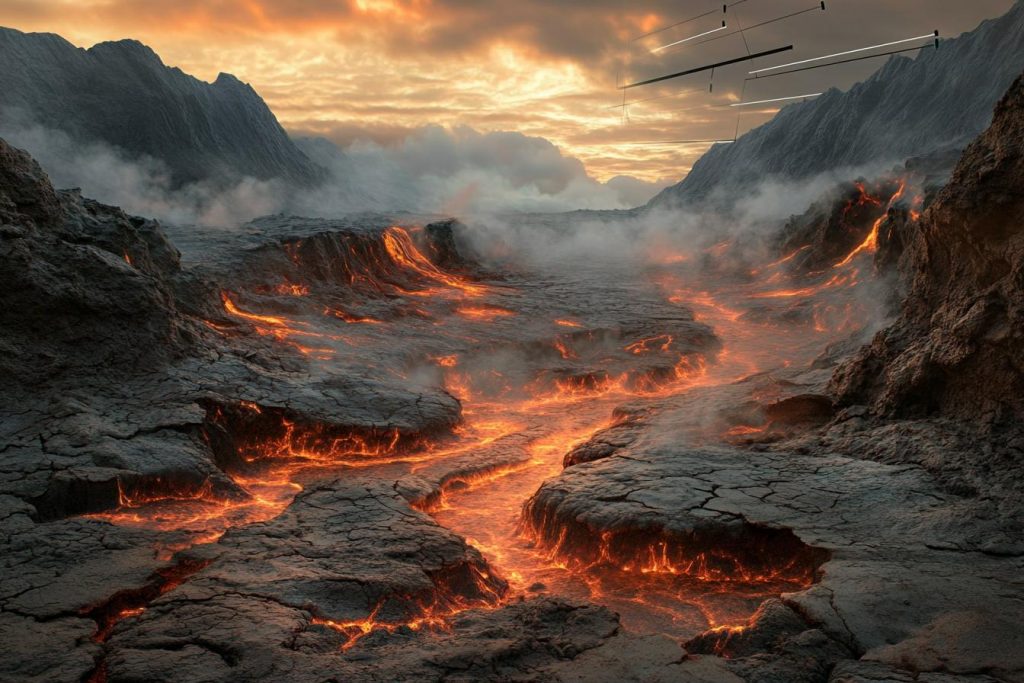
Volcanoes are a vivid reminder that the ground beneath us is alive, ever-changing, and capable of dramatic transformation. Each of these geological giants sits in a delicate balance, and even subtle shifts can signal the beginning of an eruption. As scientists monitor gas levels, earthquakes, and magma movements, the future remains uncertain. What lies beneath could awaken at any moment—shaping the world in an instant.

